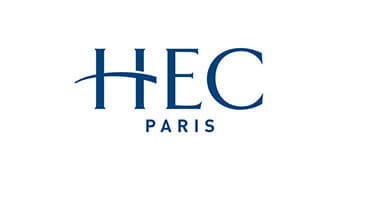
Need to Score 26+ on TOEFL iBT Speaking?
Welcome to the home of the world's first (and currently only) "fact-checked" tutorial for how to get a TOEFL iBT Speaking score of 26 or higher.
It's called The Measurable Progress Framework.

By combining professional educational methodology with individual score reports on Task 1, 2, 3 and 4, direct from ETS’s own scoring software, SpeechRater…
People are making faster progress than ever before, even if they were stuck or failing for years.
Why it's time to try something new and different...
Basically, most of the free advice for how to answer Task 1, 2, 3 and 4 is far too simplistic for a person who requires an advanced score like 26.
Although the popular templates which are promoted on YouTube and social media are “good enough” to help someone if they only need a Speaking score of 20… those same templates cause problems for a person who requires a 26.
How is it even possible for me to have proof of that?
You may not know this, but ETS (the company that makes TOEFL iBT) spent decades inventing a piece of software they call SpeechRater™️.
When you go and take a real TOEFL iBT test, your 4 Speaking tasks are analyzed and scored by SpeechRater. Every Speaking task gets its own score from SpeechRater.
You can’t see these hidden numbers on your official TOEFL iBT score report. You can’t seem them on official practice tests. You can’t seem on competitor’s websites because they filter the report and cut out data.
There’s only one vendor of “pure” SpeechRater score reports that include all the data.
By using this software to analyze tutors and their templates for Task 1, 2, 3 and 4, for the first time ever, you can see exactly just how much the template either helps you or hurts you.
This is why you must "fact-check" your tutor's individual Task scores...
In the graph, you see a green line and a blue line.
The green line shows the threshold score which is required to score 26 on TOEFL iBT Speaking. That’s an average score of 3.375 in SpeechRater.
The blue line shows my scores on two different versions of a Task 1. My score on the left is 4.15 (yes, above 100%) and I used my “perfect” template which I teach about in my e-course, The Measurable Progress Framework.
My score on the right is only 3.46 and I used the popular YouTube template for Task 1.
The most important thing for you to understand is this:
Yes. The template holds the key. It can either limit your score (like how my score is pushed down to an artificially low level because of the popular YouTube template)…
OR the template can make it easy for you to automatically pick up the extra points you need.

I would not be sharing this if I had not already created a whole e-course that shows you exactly what to say in all 4 tasks to get the bonus points 😉
People I have Helped
Real Success Stories
In addition to helping pharmacists and physical therapists get Speaking 26, I’ve helped students get accepted to the following establishments:




